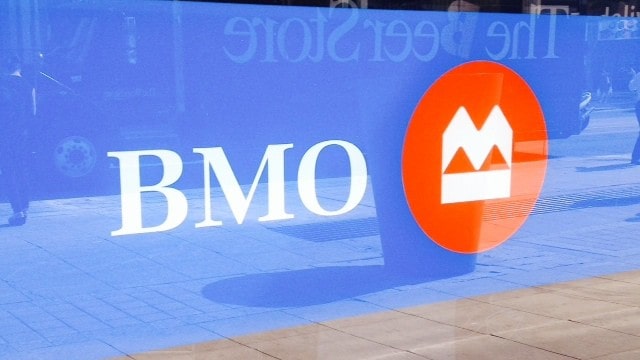Bank of Montreal (TSX:BMO)(NYSE:BMO) recently announced that it was launching four actively managed ETFs — the company’s first since entering the Canadian ETF market in 2009.
First-mover advantage in hand, BMO’s head of Global Asset Management feels now is the time to move into the active arena after capturing 32% ETF market share in this country — second best behind iShares and well ahead of Royal Bank of Canada (TSX:RY)(NYSE:RY), which has 5% market share after seven years in the business.
If you look at the 25 largest ETFs in Canada as of April 30, BMO has got nine on the list, three of which are fixed income and passive in nature — BMO Aggregate Bond Index ETF (TSX:ZAG) is the country’s fifth-largest ETF with $3.5 billion in assets under management (AUM).
Naturally, with investor interest in bond ETFs relatively high despite their swoon, Bank of Montreal’s early efforts in active management are focused squarely on fixed income with three of out of the four new funds investing in the asset class.
“As people look more to global fixed-income exposures, I think having active ETFs is going to be a valuable part of the marketplace,” Mark Raes, BMO Global Asset Management’s head of business developing recently told the Globe and Mail. “A lot of people and institutions feel more comfortable making allocation decisions within the domestic or the North American market, but once you branch out to global fixed-income, you are starting to step outside some people’s area of comfort or expertise.”
Clearly, the bank sees the passive ETF market getting more competitive — there are 28 ETF providers today compared to 18 just two years ago — and feels active management is the best way to move mutual fund clients over to ETFs, especially in the advisor channel.
“Today, the industry has a much better understanding of the ETF product and a better understanding on how to use that product in an investor’s portfolio,” Kevin Gopaul, head of BMO Global Asset Management, said recently. “As we continue to see advisors become more comfortable, we will certainly see the pendulum swing much more towards using ETFs.”
Who would you rather be?
Would you rather be Bank of Montreal, which has $48.4 billion in ETF AUM, or the other four big banks with less than $5.3 billion combined? It seems like a virtual certainty that BMO, at least when it comes to the Big Five banks, will retain its place at the top of the ETF mantle for years, if not decades.
The four banks are at various stages of development or lack thereof.
Royal Bank is the furthest along, currently sitting in fifth place out of 28 ETF providers in both AUM and market share. However, it’s a big leap to catch Horizons’s ETF in fourth spot with 83% more assets and a 280-basis-point spread in market share. To quickly catch Horizons, it would have to make at least one, if not two big acquisitions. I doubt that’s going to happen so if you own RY stock; I wouldn’t expect much from the bank until it figures out how to harness its branch network.
Toronto-Dominion Bank (TSX:TD)(NYSE:TD) is the next biggest of the big banks with just $75 million in AUM after almost two years in the ETF game. It’s got a lot of work to do to even get in the discussion.
However, on the bright side, it does have $3 billion in e-series mutual funds; I’d imagine those could be easily converted to ETFs as Vanguard does in the U.S. If you own TD stock, there’s still hope.
In April, Bank of Nova Scotia (TSX:BNS)(NYSE:BNS) announced it had filed a preliminary prospectus for four ETF fund-of-funds — one each for fixed income, Canadian equities, U.S. equities, and international equities — that will see it jump into the shallow end of the ETF market.
Lastly, you’ve got my favourite bank, Canadian Imperial Bank of Commerce (TSX:CM)(NYSE:CM), which hasn’t entered the ETF market yet, but it’s recruiting someone to lead its foray into the market. While I like what Victor Dodig is doing at CIBC, it’s on the outside looking in.
And the winner is?
As they say in sports, the ETF market is BMO’s to lose. It’s not likely, but never say never.
 2-for1 Sale
2-for1 Sale








